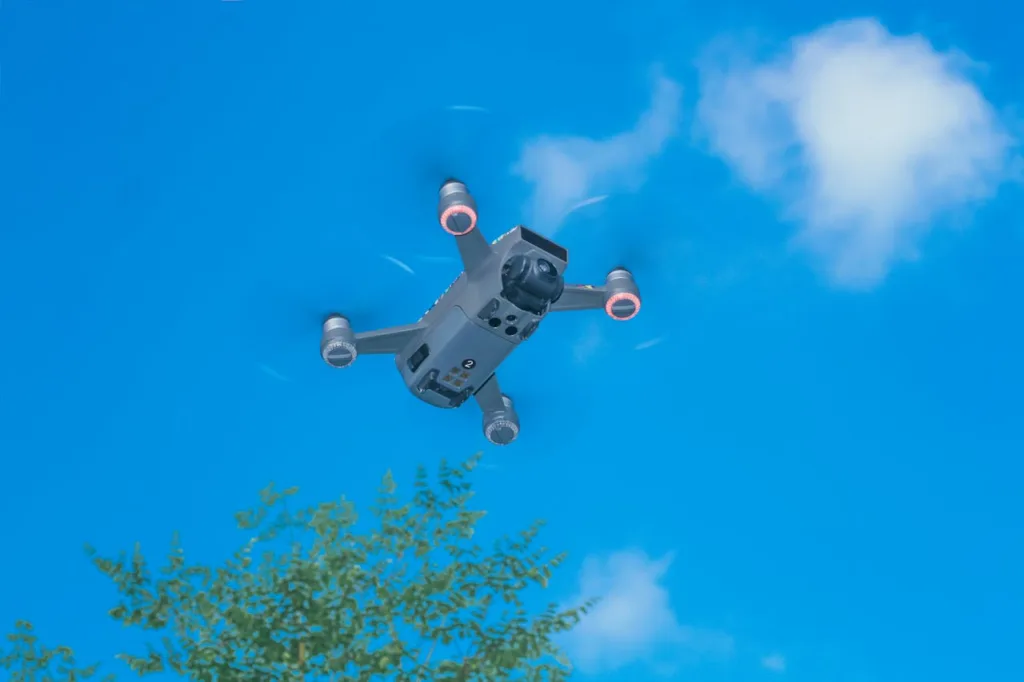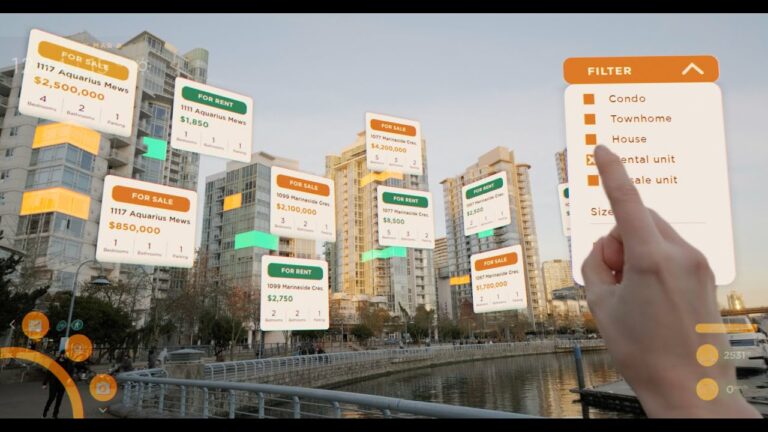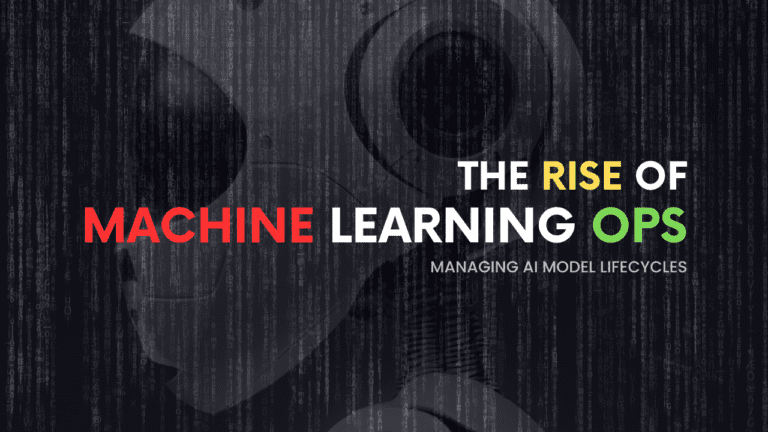Self-driving and electric aircraft

What if you could visualize a vast universe where aircraft fully autonomously glide across the skies and, unlike today, the experienced air traffic controller would not even be at the front able to control the vehicle?
Is such a world, where future generations no longer look to the skies to see aircraft polluting the environment but airplanes flying on electricity generated from clean, renewable sources?
This vision of the future may seem like it’s ripped straight from the pages of a sci-fi novel, but trust me, it’s very much a reality that’s rapidly taking shape thanks to two game-changing concepts: other aspects of future transportation corporations such as autonomous and electric planes.
Self-Driving Aircraft: Lax Your Seatbelts for a Trend that Shows Pilots as Illusory Figures.
I understand your thinking and it’s okay, we won’t have a scenario where we operate planes without pilots. That’s a terrifying thought! But don’t misunderstand me; the future of air transport lies in self-flying or autonomous planes (not human-controlled). Imagination and innovation are driving Flying cars.
These electric or hydrogen-powered vehicles will become a viable alternative to current modes of transportation. The aviation giants, some exceptionally creative startups, and countless highly competent research teams are going toe to toe in a seemingly unending competition to create the most advanced autopilot systems out there.
But although this technology has been extremely effective at every possible stage of flight including departure from the ground and touchdown, the completely human-free operation is still the very objective.
Through clever implementation of leading-edge sensors, algorithms, and decision-making systems these independent entities can traverse the most complicated airspaces without human intervention with a degree of accuracy and dexterity that shames us poor humans.
Through clever implementation of leading-edge sensors, algorithms, and decision-making systems these independent entities can traverse the most complicated airspaces without human intervention with a degree of accuracy and dexterity that shames us poor humans
Utilizing highly advanced sensors, algorithms, and decision-making machines, these autonomous systems can take over the control of even the most complex space that would make us humans not even think of contesting.
Through the system integration of advanced sensors, algorithms, and decision-making systems, these autonomous systems can safely and effectively navigate through the skies performing superiorly to manned aircraft.
Nonetheless, self-flying planes are speculated to be more than just a factor in the safety performance of air traveling; they will probably bring to that sector a significant change. While an aircraft would normally have to have a crew consisting of pilots, copilots, and flight attendants onboard, autonomous systems would be able to take over most of their tasks thus cutting down on the crew size. Accordingly, airlines might save a good chunk of change.
Being able to take advantage of altitudes, speed, and flight routes, those systems that were well designed could have supported airlines in securing fuel efficiency and emissions reduction.
So, you are a person who is now wondering, ‘Are we going to give up our lives with the machines we have because this is very tough to sell?’ However, remotely controlled aircraft will most likely take off before professional flight personnel.
They will nonetheless continue to keep a critical watch and step in the times when things get too tricky. Also, no matter what new technology is introduced; they keep on being the ones that will give customer service and deal with the passenger’s communication in every step of the process, providing a human aspect of the air travel experience.
Electric Aircraft: Faithful as Strangers in the Quest for a Sustainable World
While the aviation industry hires a cabby for self-driving planes, parallel events are also interesting like the ascension of electric aircraft. In fact, there are smart and resilient teams from both industry and research who are trying to invent electric airplanes of different usage types from small urban air mobility vehicles to larger commercial aircraft.
These electric miracles could revolutionize short-hop and intra-regional airlines making the next step in aviation a not noisy, low-carbon alternative to the fuel-guzzling airplanes of the past.
One of the advantages of electric aircraft is a possible revolution in aviation, mainly as a result of its environmental impact. Their reduced environmental impact. Through the non-existence of direct emissions, they are prone to drastically reducing the carbon footprint of the aviation industry to a minimum and have a negative effect on air pollution.
Through the application of innovative sensors, algorithms, and decision-making techniques, these autonomous systems are capable of conquering even the most congested airspace with a standard of efficiency that humans alone cannot achieve.
Through the utilization of the latest sensors, algorithms, and decision-making tools these systems can master even the most complicated airspace with accuracy and uniformity which is what we humans can only watch.
Consequently, they either make cases for the famous news or trace the most profit-efficient routes. And what’s even more amazing is that the utilization of these technologies goes as far as significantly cutting down the probability of human error as it is the most common cause of aviation accidents.
But it gets better than that – silent aircraft are several times quieter than normal cousins, which brings in new options for urban distribution of people and reduction of noise pollution from residential areas. Is the idea of a landless future a certainty? It’s possible that electric air taxis will become an alternative to traffic jams. Mind-blowing, right?
Unquestionably the full-scale implementation of planes operating on electric sources doesn’t imply that the pathway is paved with roses. The existing battery technologies may only just be sufficient for the purpose of short-haul flights whereas, a substantial workaround could require surmounting some serious infrastructure and regulatory barriers.
While for most of the history of commercial aviation, battery technology has come with a host of hurdles that needed to be addressed, it’s all set to change now that a number of improvements are still being worked on and with the development of hybrid-electric airplane propulsion systems, these obstacles will be easily overcome.
The Ultimate Transportation Dream: Taking Humans Out of The Equation
For the sake of clarity, the combination of the two words self-driving and electric is usually discussed in two separate articles. Nevertheless, the true revolution that will transform the world of transport should be the emergence of these two scintillating ideas.
Just picture this: automatic electric aero that can cope with intricate aviation with no special effort, reserve flight paths for efficiency maximizing, and provide a steady, eco-friendly trip all in one – nowadays a reality.Mind.Blown.
With this system in place, urban trips could either be extremely comfortable and very eco-friendly with no more held-up traffic and other related issues within or between cities. Electric eVTOL vehicles, steered by autonomous systems, are capable of carrying a few people as air taxis, removing traffic from the road and therefore facilitating quicker and more convenient passage. A ‘bye-bye’ door-to-door to go all day.
It’s not just urban mobility for which this could be transformative, also their implementation of self-driving and electric aircraft could change the entire cargo and logistics operations. The cost of shipping goods may be reduced on a large scale and in more efficient ways creating also a greener environment with the introduction of autonomous electric cargo planes within the supply chains of goods. Thus, they may help carve out brand-new supply chain structures and business models.
As the world becomes more digital
So, now that’s been said, what’s this all about? It sounds too good to be true. Certainly, your take is correct—the wide-scale implementation of self-driving and electric aircraft isn’t exempt from issues. While implementing these new technology we will have to make sure that rock-firm regulatory frameworks are in place to ensure the safe and proper operation of machines.
And by the way, let us not forget about having the acceptance and confidence of the citizens – during this time of pilotless, electric planes, convincing people to get on board is going to be really hard work.
Such as arranging this knowledge in its specific forms is also a crucial part of the process and costly research, development, and infrastructure will be required for it to work. Collaboration is the key to the techno-politico-regulation puzzle. A common vision between private giants, governments, and top universities to approach and resolve the obstacles that lie ahead is what we are witnessing currently.
However, the positive implications of autonomous and electric aeronautic vehicles are just so overwhelming that any suggestions about delaying these omissions would be unfair.
We should not forget about what we have achieved so far and that the fact that we are about to come up with even more innovative concepts may very well be the beginning of a full-fledged transportation revolution that will change the way people and goods travel not only at the moment but for the ages by carefully considering preserving the environment.
The Transportation Futur is an interactive live show that you won’t have to go far, and this will definitely get you excited with the speed of light. Fasten in your seatbelts, guys, and ladies, for pretty soon the friendly skies are going to experience a whole new thrill!
Read More:






